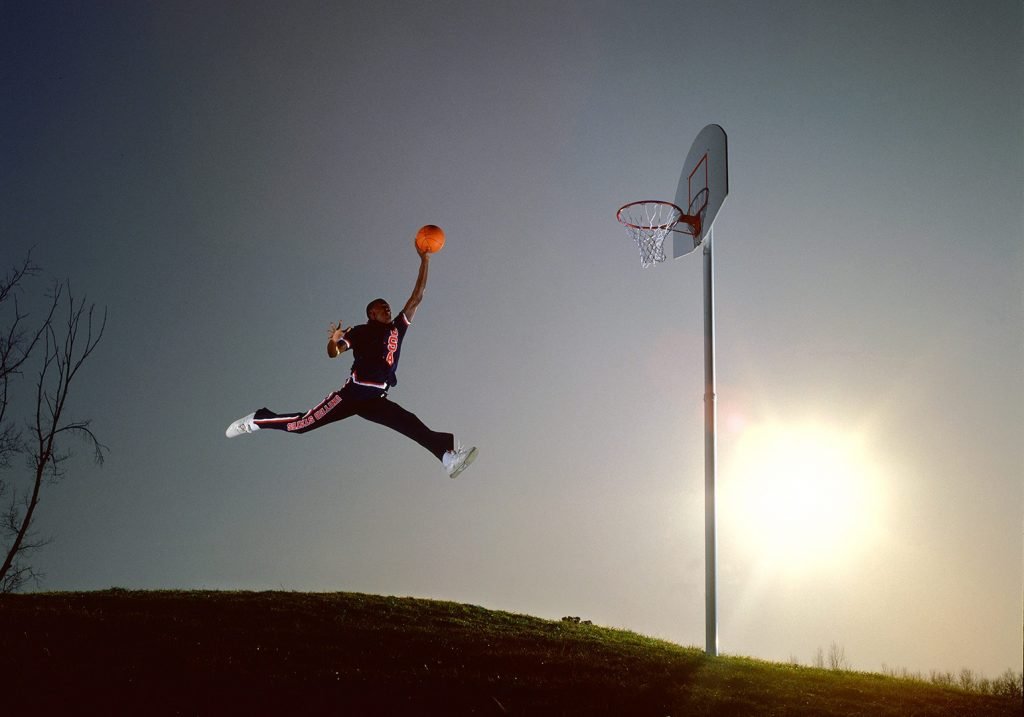Presumption for publishers of press publications
Press publications contain mostly literary works but increasingly include other types of works and subject-matter, notably photographs and videos. Due to the large number of authors and rightholders involved in the creation of a press publication, licensing and enforcement of the rights in press publications are often complex and inefficient in the digital environment. Publishers may notably face difficulties when proving that they have been transferred or licensed the rights in such works and other subject-matter for the purposes of concluding licences or enforcing the rights in respect of their press publications.
Comments closed
